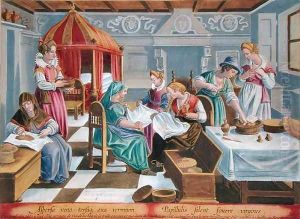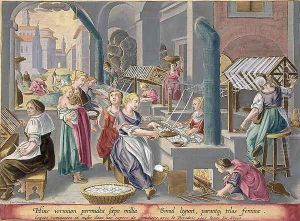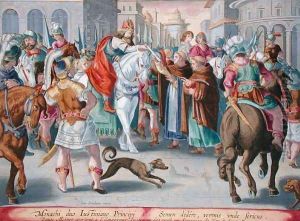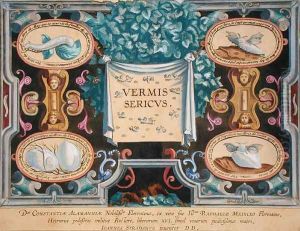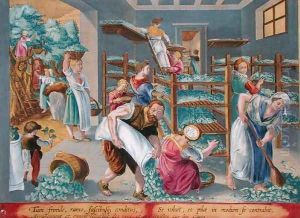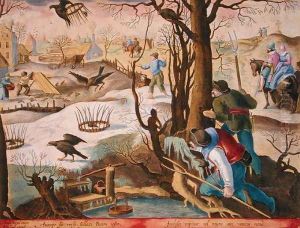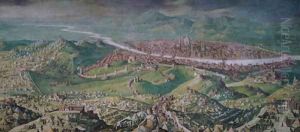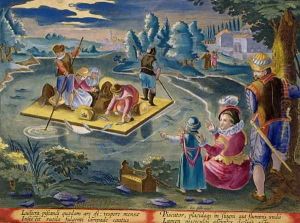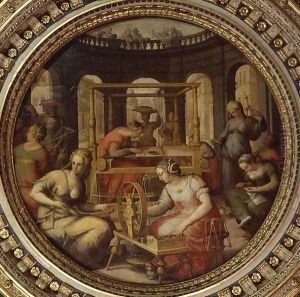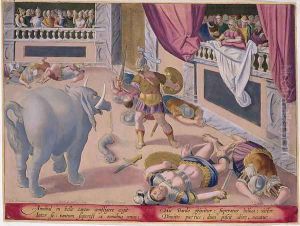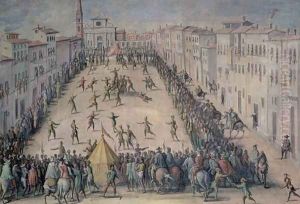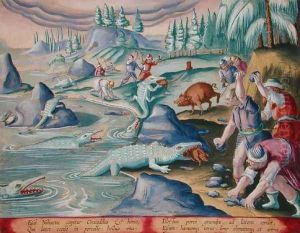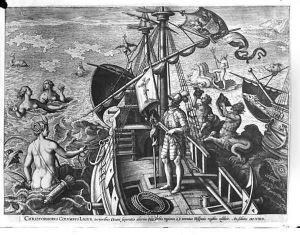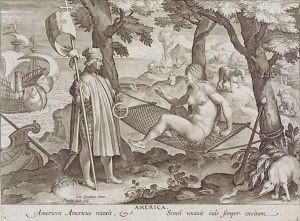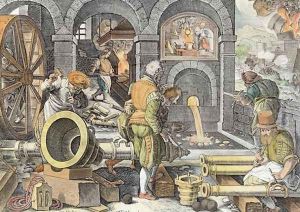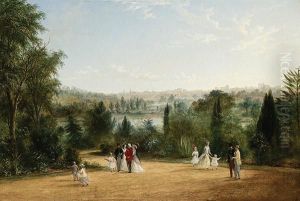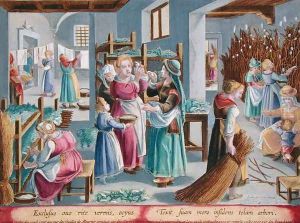





The Eggs Duly Hatch into Worms, they are Covered by Mulberry Leaves and then the Women Place them in Branches to Weave their Cocoons, plate 4 from Vermis Sericus The Silkworm engraved by Philip Galle 1537-1612
-
About Reproduction
Discover the allure of art with our faithful reproduction of "The Eggs Duly Hatch into Worms, they are Covered by Mulberry Leaves and then the Women Place them in Branches to Weave their Cocoons, plate 4 from Vermis Sericus The Silkworm engraved by Philip Galle 1537-1612", originally brought to life by the talented Giovanni Stradano. Unlike posters or prints, our hand-painted oil painting breathes an unique sense of depth and texture into your space. Every detail, every stroke, and every texture is meticulously recreated, paying the perfect homage to Giovanni Stradano and his artistic vision.
Owning this piece is more than just decoration - it's a statement of your refined taste in art. Let the vibrant colors and intricate details of this replica serve as a daily reminder of the beauty in our world. Elevate your decor and appreciate the richness of art with our replica of this masterpiece.
-
Painting Description
"The Eggs Duly Hatch into Worms, they are Covered by Mulberry Leaves and then the Women Place them in Branches to Weave their Cocoons" is the fourth plate from the series "Vermis Sericus: The Silkworm" engraved by the Flemish artist Philip Galle (1537-1612), based on designs by the Italian Mannerist artist Giovanni Stradano, also known as Jan van der Straet. This work, created in the late 16th century, is part of a series that illustrates the various stages of sericulture, the production of silk from the cultivation of silkworms.
The plate depicts a pastoral scene where the lifecycle of the silkworm is being carefully managed by women, a common practice in the silk production process. The image shows the hatching of silkworm eggs, which are then covered with mulberry leaves, the primary food source for the growing larvae. As the silkworms mature, women are seen placing them onto branches, where they begin to spin their cocoons. The detailed engraving captures the intricate relationship between human cultivation and the natural processes of the silkworm, highlighting the importance of this industry during the Renaissance period.
Philip Galle's engravings, including this plate, are notable for their combination of artistic skill and educational value, providing a visual account of the silk production process that was of significant economic and cultural importance in Europe at the time. The series "Vermis Sericus: The Silkworm" not only showcases the technical aspects of sericulture but also reflects the societal roles and the labor-intensive nature of the industry, particularly the involvement of women in the delicate task of raising silkworms.
This work is an example of the collaboration between artists and engravers of the period, with Stradano providing the original designs and Galle executing the engravings. The series is recognized for its historical and artistic significance, offering insight into the practices of early modern agriculture and the intersection of art and science.
-
Lead Time & Shipping
When you order this oil painting replica, it typically takes 2-3 weeks to paint. If the artwork is more complex, it might need a little more time to ensure the best quality. Once it's ready, we'll send you a photo for your approval. After you give the green light, we'll ship it to you for free.
-
Return & Refund
We believe in the quality of our hand-painted oil painting reproductions, and your satisfaction is our priority. If for any reason, you are not completely satisfied with your purchase, we offer a 45-day return policy. You can return your artwork within 45 days of receipt and receive a full refund. Please note that the artwork must be returned in the original packaging and in the same condition as it was received.





